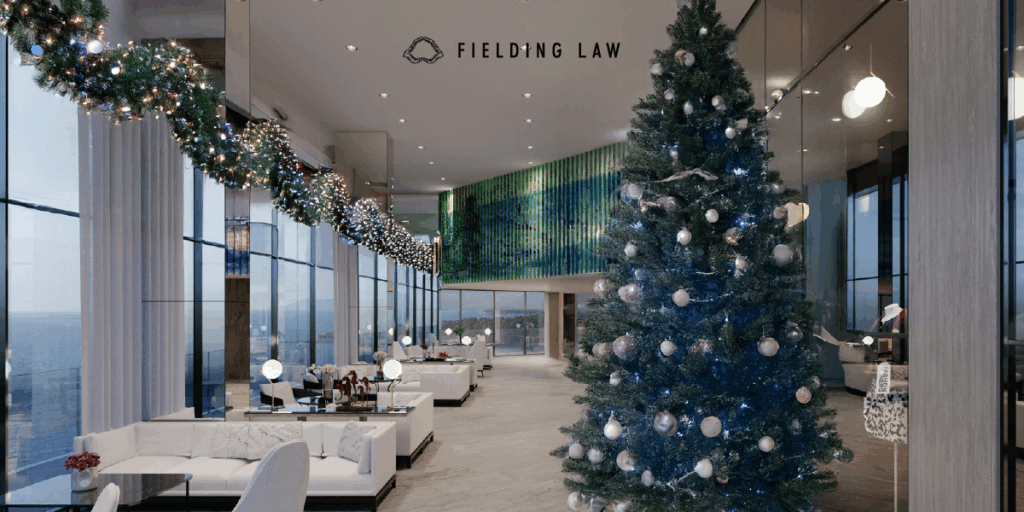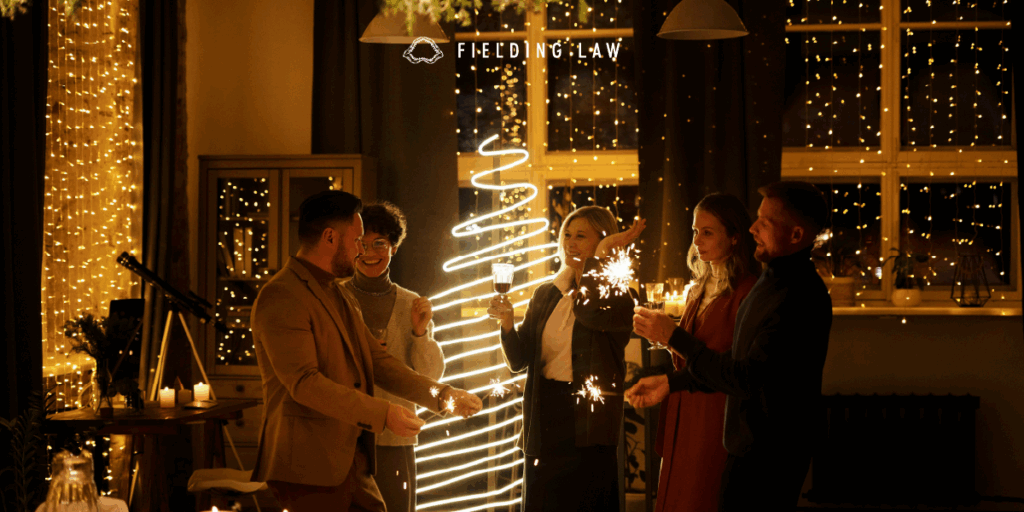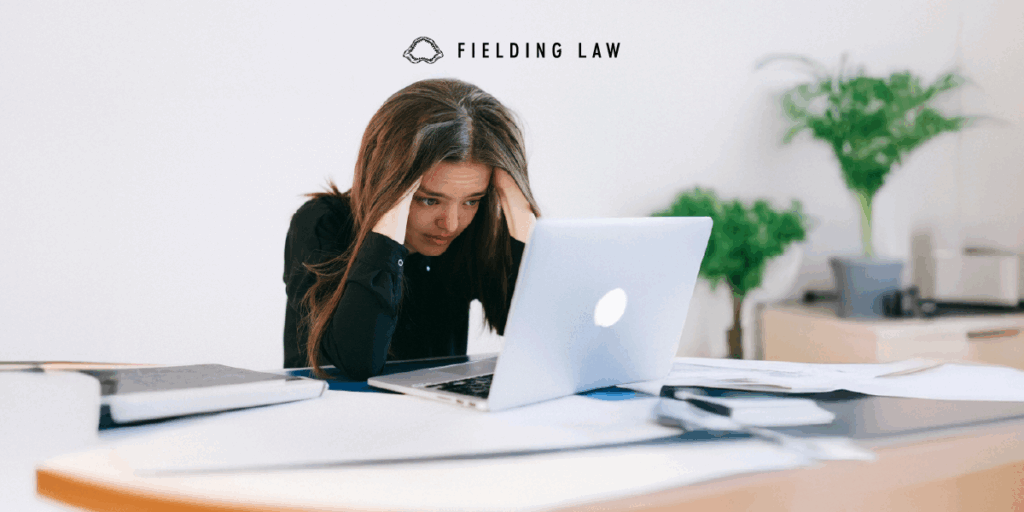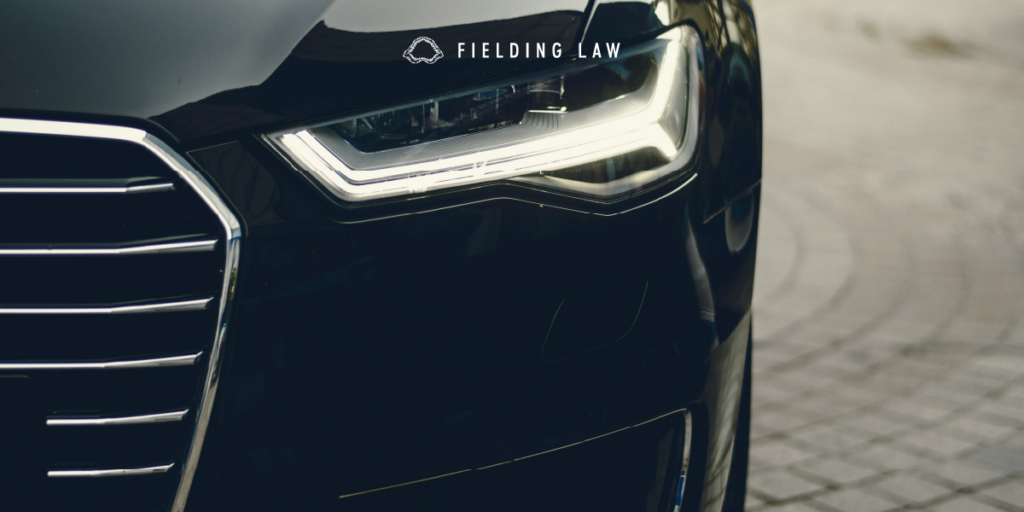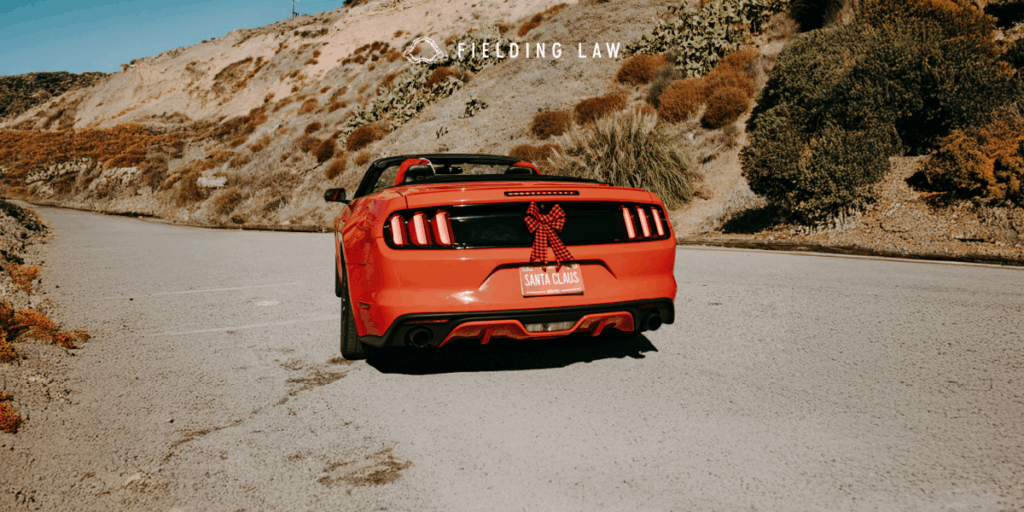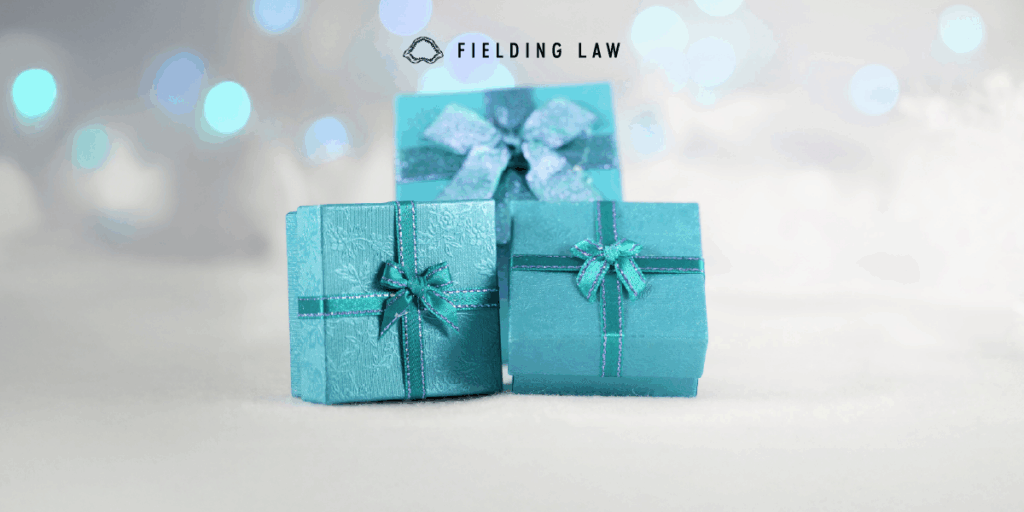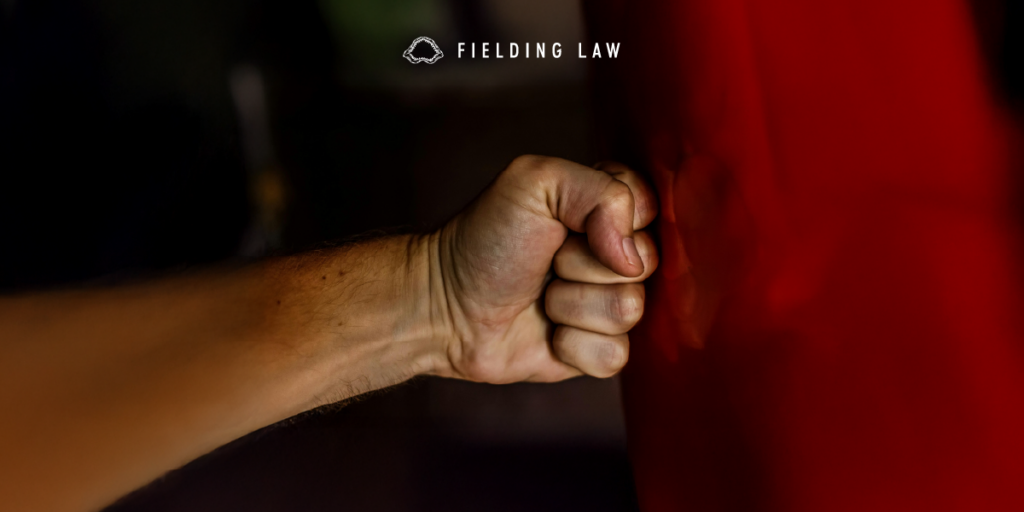
Personal Injury Settlements in California and Arizona
If you have received or are expecting a personal injury settlement, you might be wondering if you owe taxes on the money. The answer depends on the type of compensation you received. While some parts of a personal injury settlement are tax-free, others might be considered taxable income depending on how they are categorized.
Understanding the difference is important so you can plan for your future and avoid surprises during tax season.
What Parts of a Settlement Are Tax-Free?
In both California and Arizona, the IRS and state tax agencies generally do not tax compensation you receive for physical injuries or physical sickness. This includes:
-
Medical bills related to your injury
-
Pain and suffering from a physical injury
-
Emotional distress directly linked to a physical injury
-
Loss of quality of life or disfigurement from your injury
For example, if you were hurt in a car accident and received a settlement to cover your hospital stay, follow-up treatments, and the pain it caused, that part of your compensation is typically not taxable.
What May Be Taxed?
Not every part of a settlement is tax-exempt. You may owe taxes if your compensation includes:
-
Lost wages: If part of your settlement compensates you for time missed at work, this is often treated the same as regular income and may be taxed accordingly.
-
Punitive damages: These are meant to punish the person at fault, not compensate you for your losses. Punitive damages are almost always taxable.
-
Interest on the settlement: If there is any interest earned on your settlement amount before you receive it, that interest may be taxable.
-
Emotional distress not tied to a physical injury: If you receive damages for emotional distress without a physical injury (such as from harassment or defamation), that compensation could be taxable.
State vs. Federal Taxes
While federal rules apply across the U.S., each state has its own tax laws. In both California and Arizona:
-
The state follows federal guidelines closely when it comes to taxing personal injury settlements.
-
California does not tax settlements for physical injuries.
-
Arizona also typically excludes damages for physical injuries from state income tax.
However, both states may require you to report portions of your settlement, especially if they include lost wages or punitive damages. Always consult a tax professional to make sure you understand your obligations.
Why Hire Fielding Law
Navigating a personal injury case is complex, especially when your settlement might impact your taxes. At Fielding Law, we connect you with skilled legal professionals who are not only dedicated to helping you recover fair compensation, but also committed to protecting your long-term well-being.
We serve clients throughout California and Arizona, and we understand the unique legal nuances in both states. If you are unsure about how your personal injury settlement may affect your taxes, let us guide you toward the right resources and support.
Call for a Free Consultation
If you are dealing with the aftermath of an injury and have questions about your settlement, do not wait. Call 833.88.SHARK today for a free consultation. We are here to help you move forward with clarity and confidence.
Note: Information provided is for educational purposes and does not constitute legal advice. Always consult with a qualified attorney for legal concerns.
